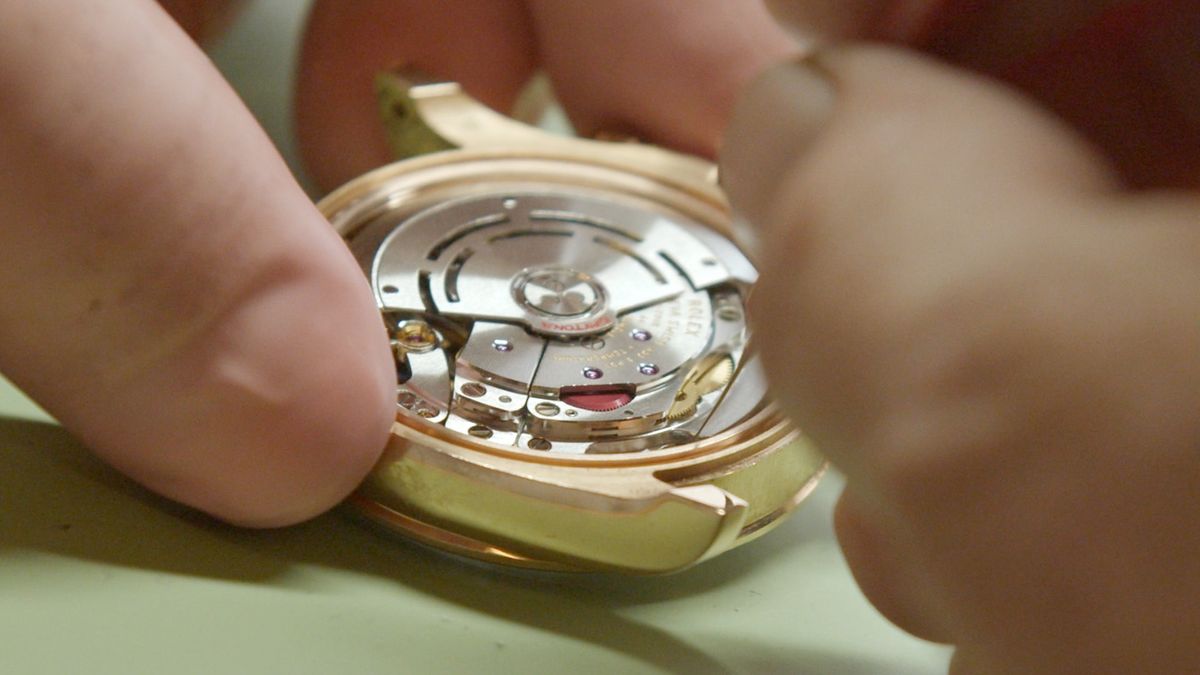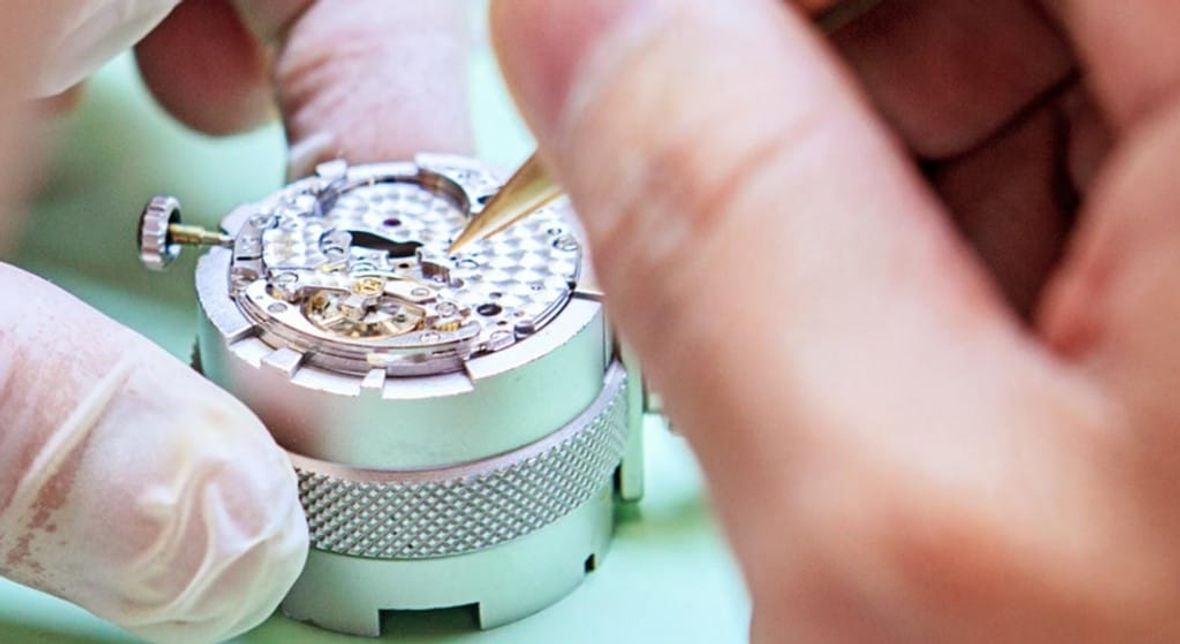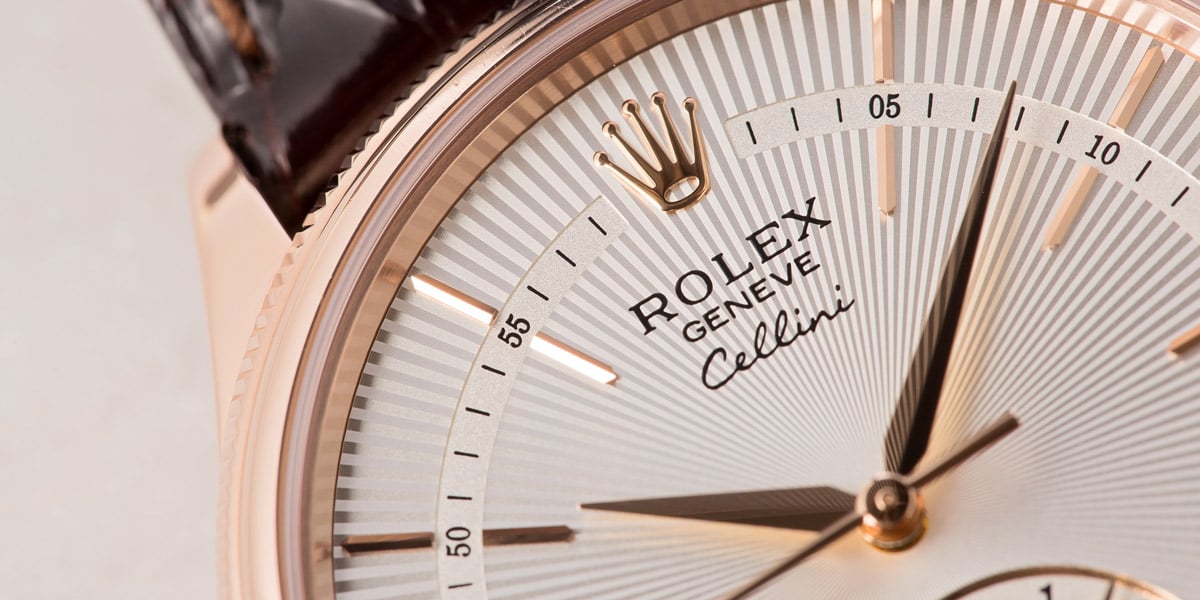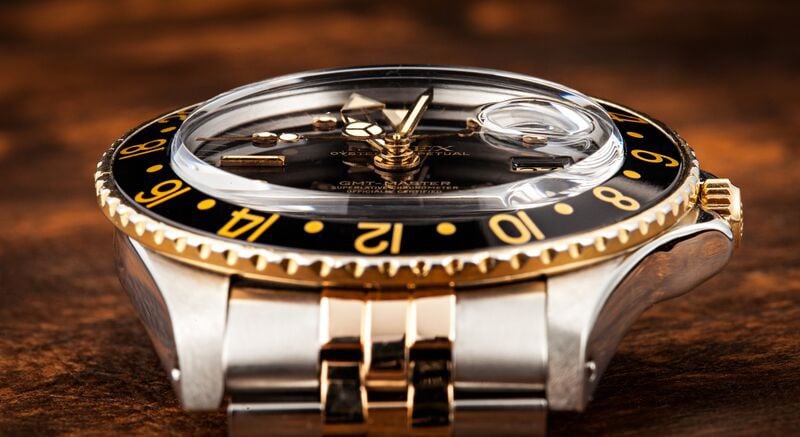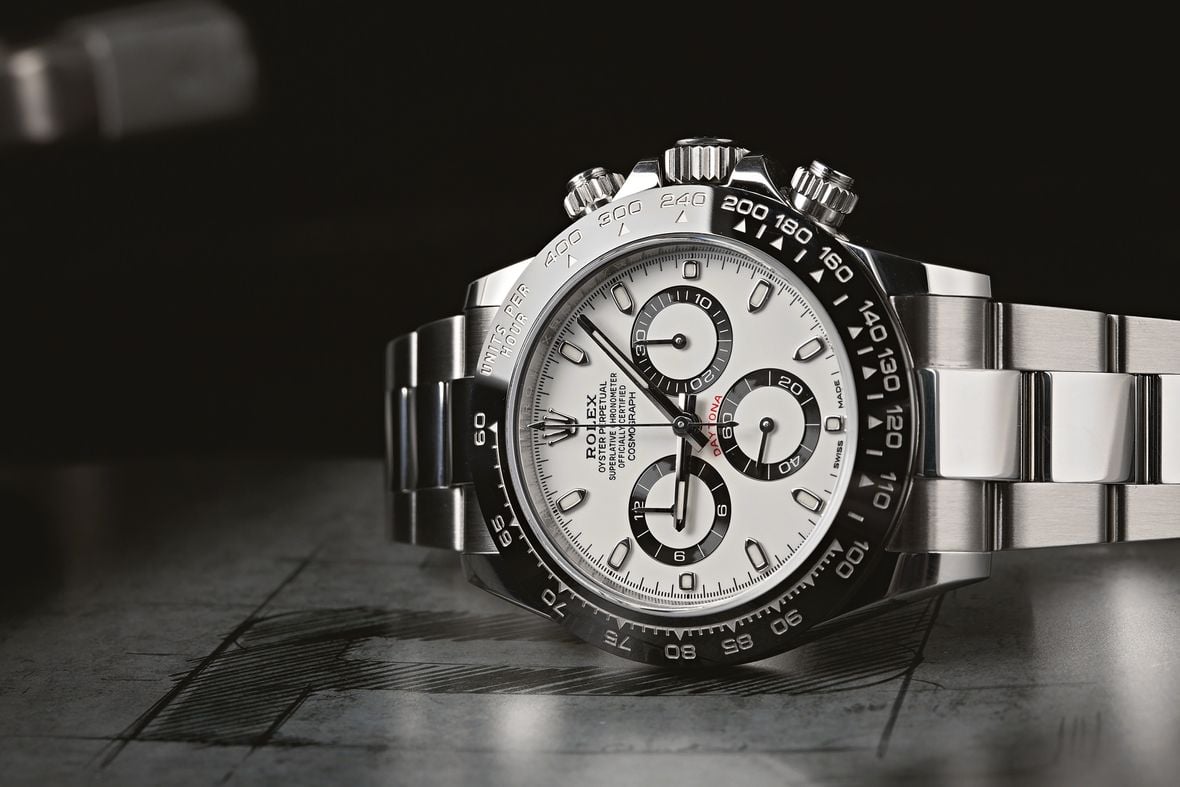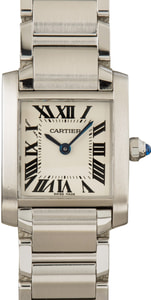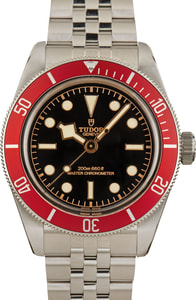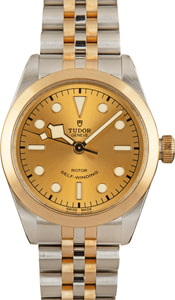Rolex watches are crafted to the highest possible standards and built to last a lifetime. However, just like anything else mechanical, proper care and periodic maintenance is an important part of ownership. Adhering to regularly scheduled service intervals will help ensure that your Rolex watch stays in top mechanical and cosmetic condition, guaranteeing many years of reliable performance for both you and the next generation.
How Often Should You Service Your Rolex?
For modern watches, Rolex recommends a complete service about every ten years. While many Rolex watches will be able to run far longer than this before becoming unable to properly keep time, getting your Rolex serviced before it starts to develop problems will help minimize wear and ensure that it stays in the best condition possible.
With that in mind, vintage Rolex watches and certain older models may require more frequent servicing if they are your daily timepiece and you want them to run exactly within their manufacturer specifications. However, for vintage Rolex watches that are highly collectible, a significant portion of their value and collectibility is contingent on their key components being original, so servicing a vintage Rolex watch can sometimes be a bit less straightforward of a process (more on that below).
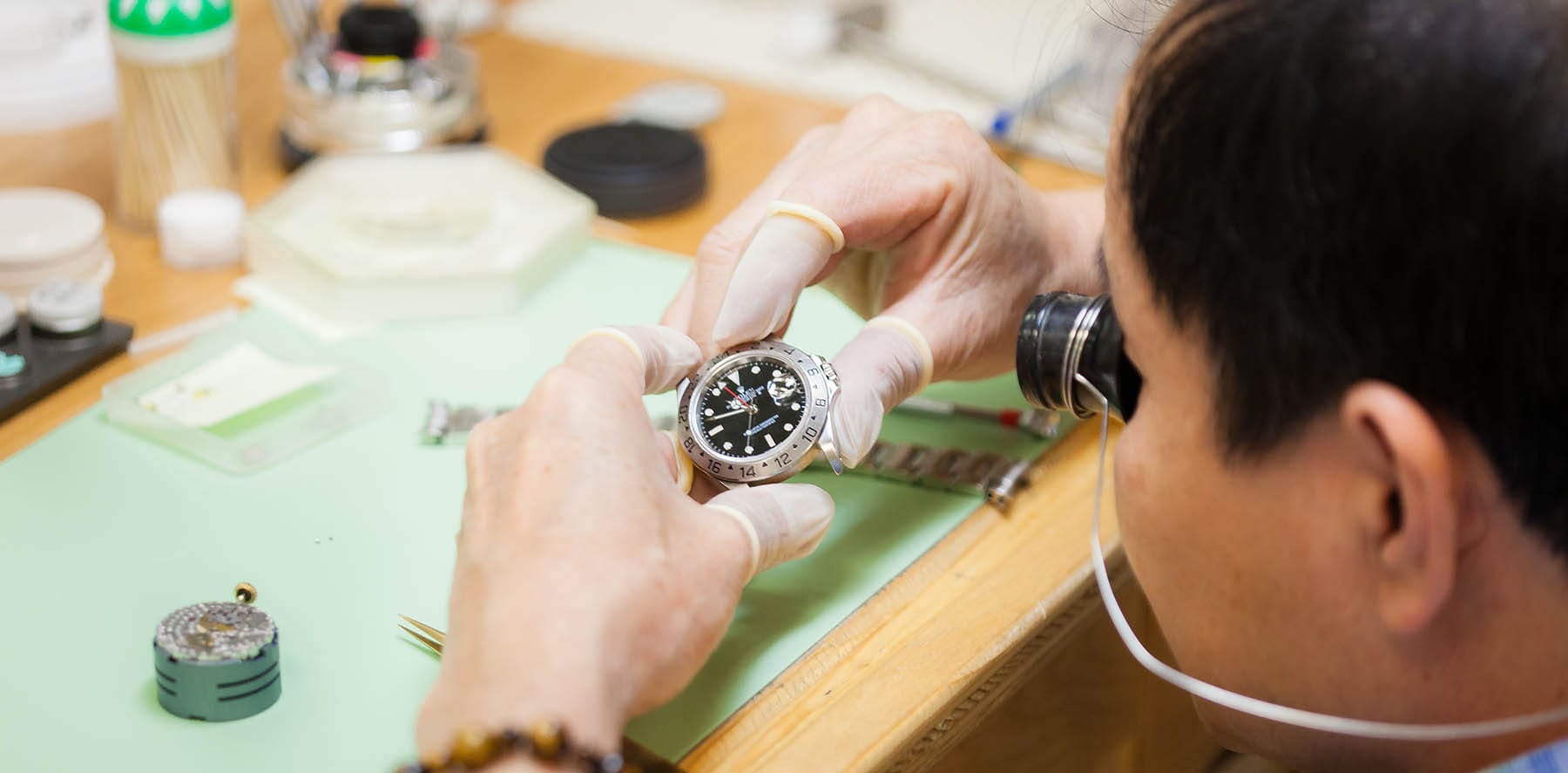
Why Do Rolex Watches Need Service?
One of the primary reasons why mechanical watches (Rolex or otherwise) require service is due to lubricants breaking down over time. Like anything mechanical, reducing friction is a primary objective, and a number of different specialized lubricants are used throughout a watch movement to ensure that it runs smoothly with as little friction as possible. As these lubricants break down over time, friction can increase, which puts additional wear on components, ultimately causing performance to suffer.
With this in mind, as lubricant technology improves, the amount of time that you can expect a mechanical watch to function properly (under normal circumstances) increases. In the very early years, a watch had to be serviced just about every year or two; however that service interval has significantly increased over the decades. Today, with modern lubricants and contemporary movement designs, Rolex now recommends that owners should service their watch at least every 10 years to guarantee optimal performance.
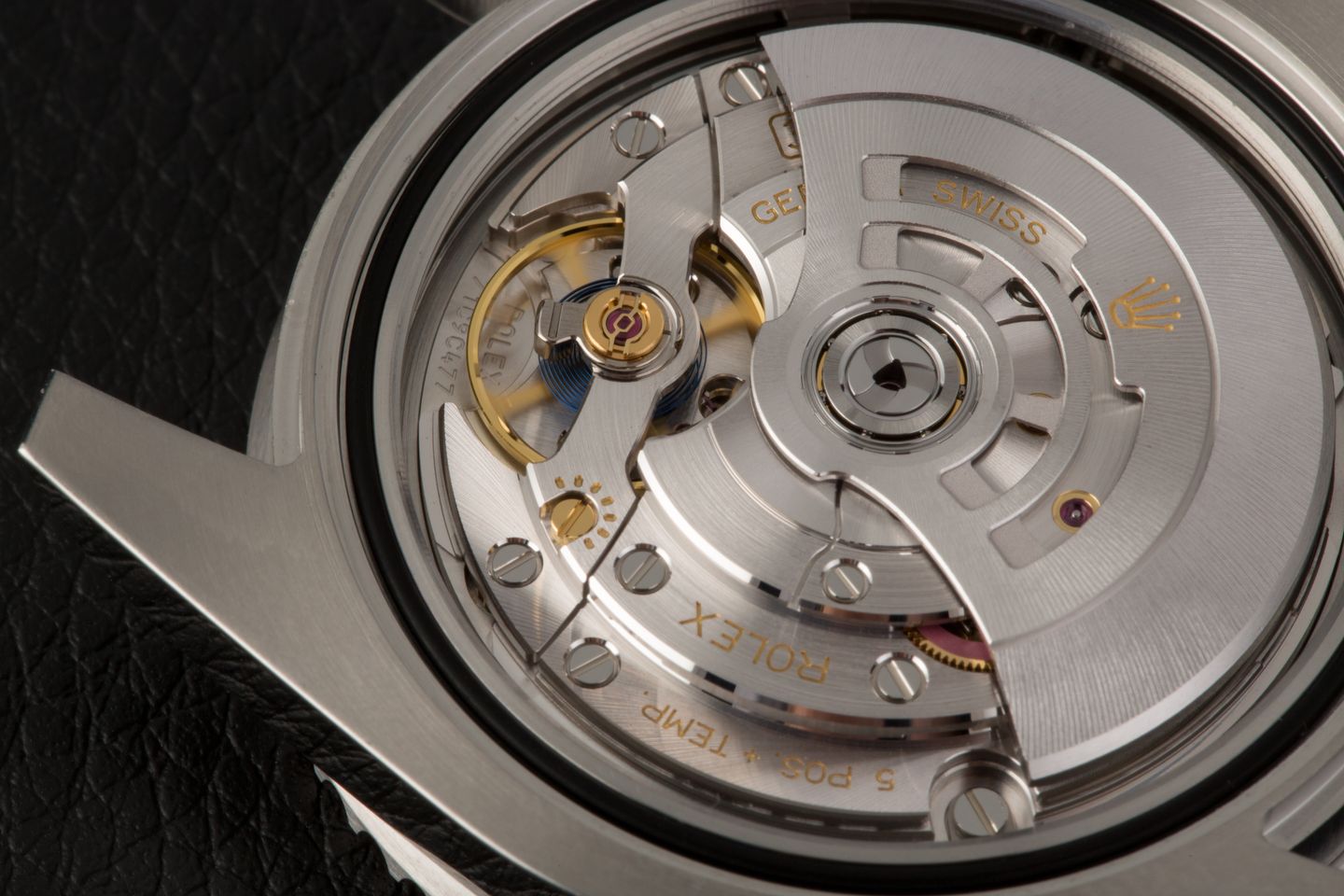
Chronometer Certification
Many Rolex watches, including all of the models that the brand currently sells, feature chronometer-certified movements. This means that there are specific timekeeping performance parameters that are guaranteed, and that the watch must run within them to be considered operating within its proper specifications.
For many years, Rolex’s chronometer-certified watches had movements that were COSC-certified. For those who might be wondering, COSC stands for Contrôle Officiel Suisse des Chronomètres, which is the official Swiss Chronometer Testing Institute. This institute is responsible for certifying both the accuracy and the precision of timepieces in Switzerland, and serves as the gold-standard for timekeeping accuracy.
Along with needing to pass a variety of other tests related to timekeeping precision and precision, COSC-certified chronometers must all be able to run within an average daily deviation rate of -4/+6 seconds per day. However, in 2016, Rolex introduced its own, in-house ‘Superlative Chronometer’ certification across its entire range, which adheres to even more stringent tolerances than COSC-parameters, guaranteeing a timekeeping accuracy of -2/+2 seconds per day.
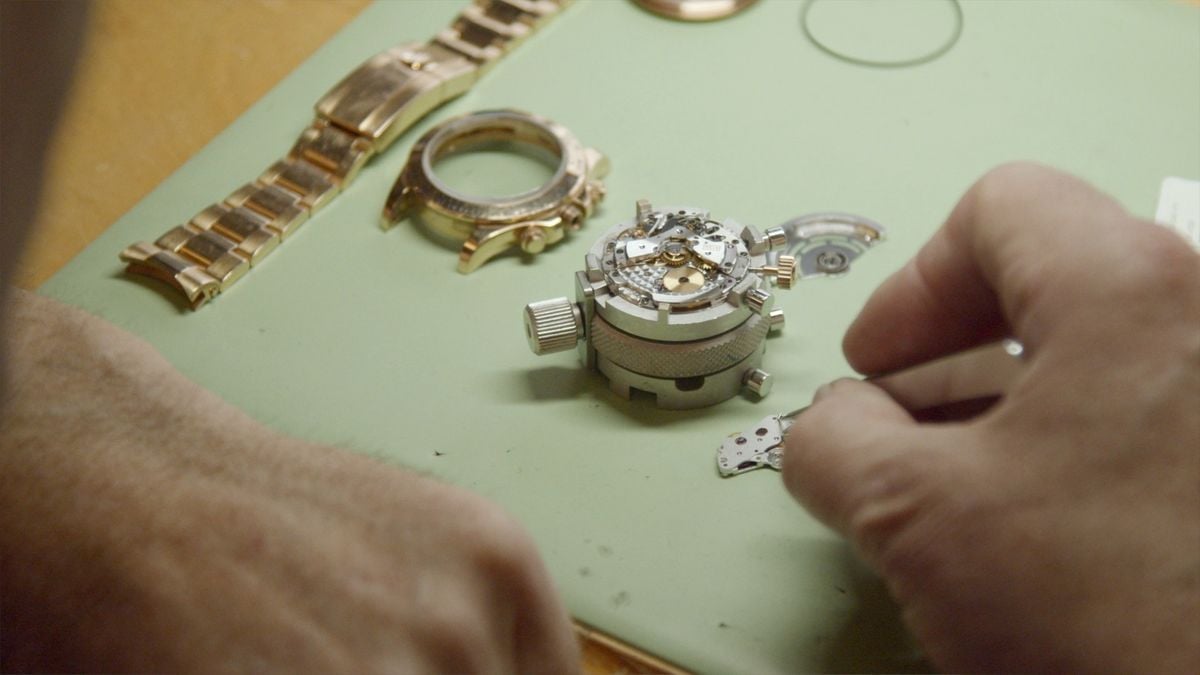
What Is The Rolex Service Process?
Servicing a Rolex watch is 100% not something you should attempt to do at home. Rolex watches feature precision mechanical movements that require both extensive knowledge and specialized equipment in order to properly service. While you should always have your Rolex serviced by an experienced professional, it is also important to understand what is actually involved with servicing a watch.
In the same way that your car needs periodic oil changes and its break pads replaced, a mechanical watch also needs its lubricants replenished and worn components replaced in order to guarantee proper performance. While some people say that servicing your watch is like changing the oil on your car, this really has more to do with both being necessary parts of ownership, rather than the actual processes themselves. An oil change can be done at home with minimal tools, and other than removing the old oil filter, virtually nothing is involved as far as disassembling the car itself.
Service of a Rolex is quite a bit more involved and could better be described as a complete overhaul and refinish of the watch. The service process includes the complete disassembly of the watch, including the case and movement. Maintaining a precision mechanical watch is not simply a matter of opening it up and putting some oil on it. In fact, what is actually required is the complete tear-down, cleaning, and re-assembly of the watch.
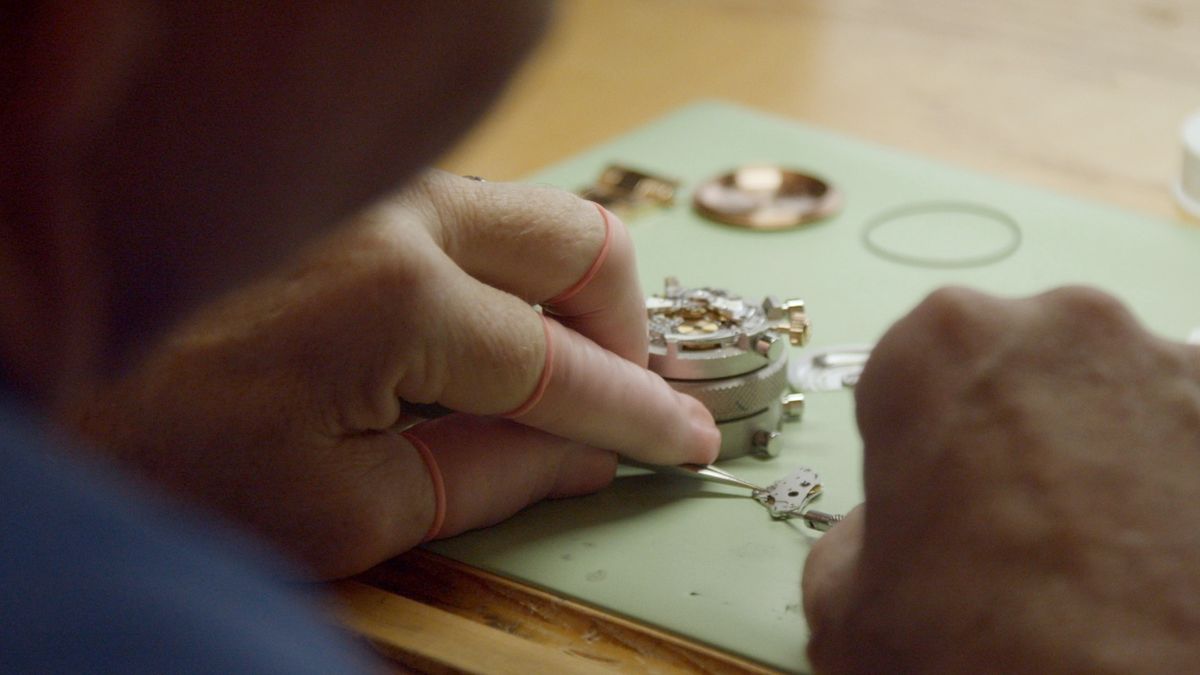
Servicing a Rolex Watch
Step 1: Disassembly
The first step in servicing a Rolex is the complete disassembly of both the watch and its internal movement. Depending on the specific model and the caliber it uses, the average mechanical timepiece consists of well over a hundred components, and certain complex timepieces can be made up of more than a thousand individual pieces. Additionally, proper disassembly of a watch, particularly a Rolex, requires the use of numerous specialized tools, and without their use, disassembly will likely damage your watch.
Step 2: Cleaning
Once the watch and the movement are both completely disassembled, the individual components must be cleaned before new lubricants can be applied. Typically this stage of the service process involves an ultrasonic cleaning using specially formulated solutions that remove old lubricants and dirt.
Step 3: Replacement of Worn or Damaged Components
While the watch is disassembled, the watchmaker will inspect the individual components for wear and damage. As needed, worn and damaged components will need to be replaced, and it is imperative that only genuine Rolex parts are used. Certain components are seen as consumable throughout the lifecycle of a watch, and they will need to be replaced at one point or another should you wish for the watch to run within its original manufacturer specifications.
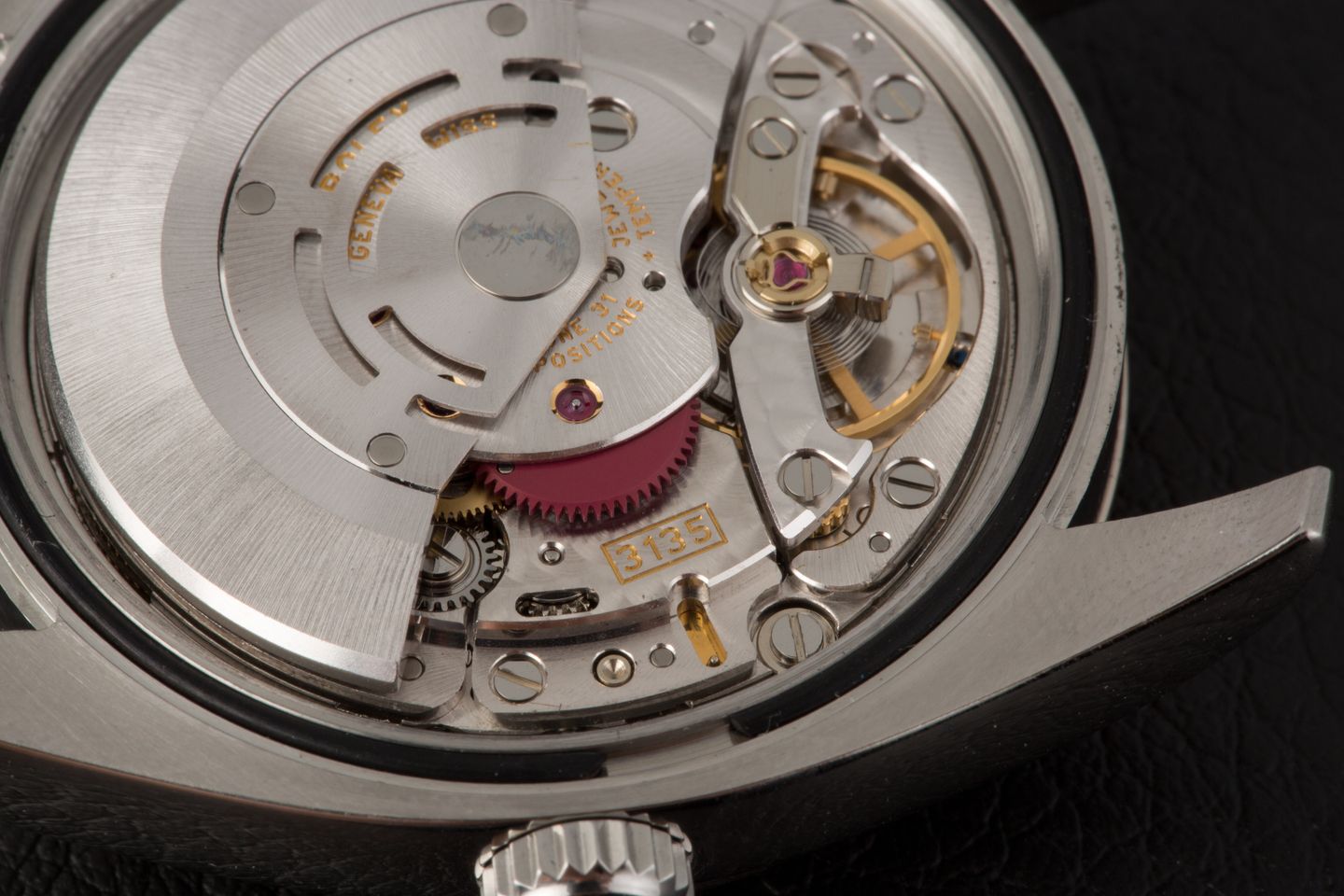
Step 4: Reassembly and Reapplication of Lubricants
Once all of the individual parts are clean and any worn or damaged components have been replaced, the next step is the reassembly of the watch and the reapplication of all lubricants. While the lubricants used on a watch are often not a topic for discussion, they do play an incredibly important role in the overall function of a watch. During the reassembly process a number of highly specialized lubricants are reapplied to the movement, and this step is one of the most exacting and important in the entire service process.
Step 5: Timing Calibration and Adjustments
After the movement has been reassembled, it is adjusted and the watch’s timekeeping is dialed in to ensure that it is running within its proper manufacturer specifications. Again, this is another party of the service process that requires the use of special tools and equipment, and it really should only be done by a trained watchmaker that has prior experience with Rolex watches.
Step 6: Polishing and Refinishing (If Desired)
In addition to the internal components of the movement receiving attention, the various parts of the watch that make up the case and bracelet often receive a polish and refinish to ensure that their cosmetic beauty is restored. During this stage of the service process, all of the external surfaces of the case and bracelet have their proper gloss or satin-brushed surface finished restored, removing all scratches and scuffs that the watch may have received over the years. However, for collectible vintage watches, leaving them in their original unpolished condition is an important part of preserving their value, so you may want to skip this step should you wish to preserve the value of a particularly rare or collectible vintage Rolex model.
Step 7: Post-Service Testing
Once the service process is complete, a number of highly important post-service tests are conducted in order to ensure that the watch is functioning exactly as it should be. Some of these tests relate to verifying that the watch is properly sealed against moisture and dirt, while others pertain to the timekeeping performance of the movement after casing.
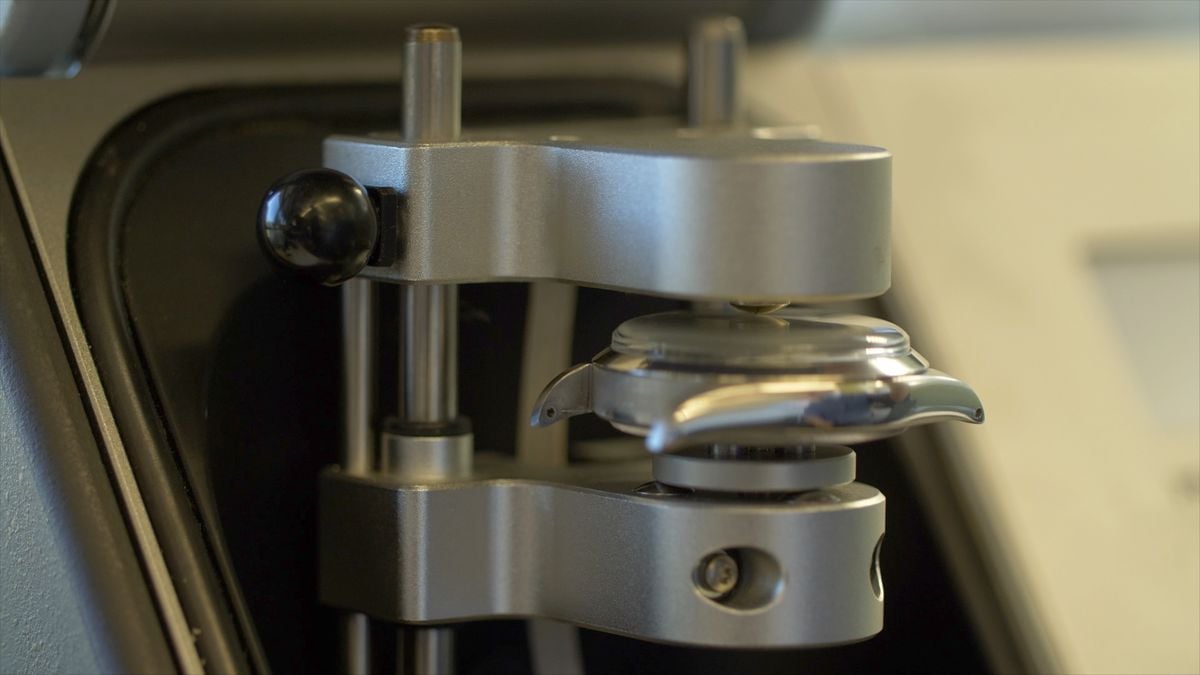
Who Can Service a Rolex Watch?
Not all professional watchmakers are able to service Rolex watches. Even those that know how to service a Rolex (from a technical standpoint) may not properly be able to carry out the actual service process due to their inability to purchase genuine service replacement components directly from Rolex.
Use of genuine components is crucial to proper functionality, and at Bob’s Watches, every single component of every single watch – right down the the rubber gaskets – is 100% genuine Rolex. This is absolutely an important step in properly servicing a Rolex. If the watch isn’t constructed with 100% genuine Rolex parts, there’s no possible way that you can expect it to function exactly how Rolex intended it to perform.
Rolex keeps a very tight control over the supply of its parts, and the company does not sell them to just anyone that asks to buy them. The vast majority of professional watchmakers do not have direct access to genuine Rolex parts, and so it is crucial that you only have your watch serviced by either Rolex themself or an qualified independent watchmaker that has a direct parts account with Rolex.
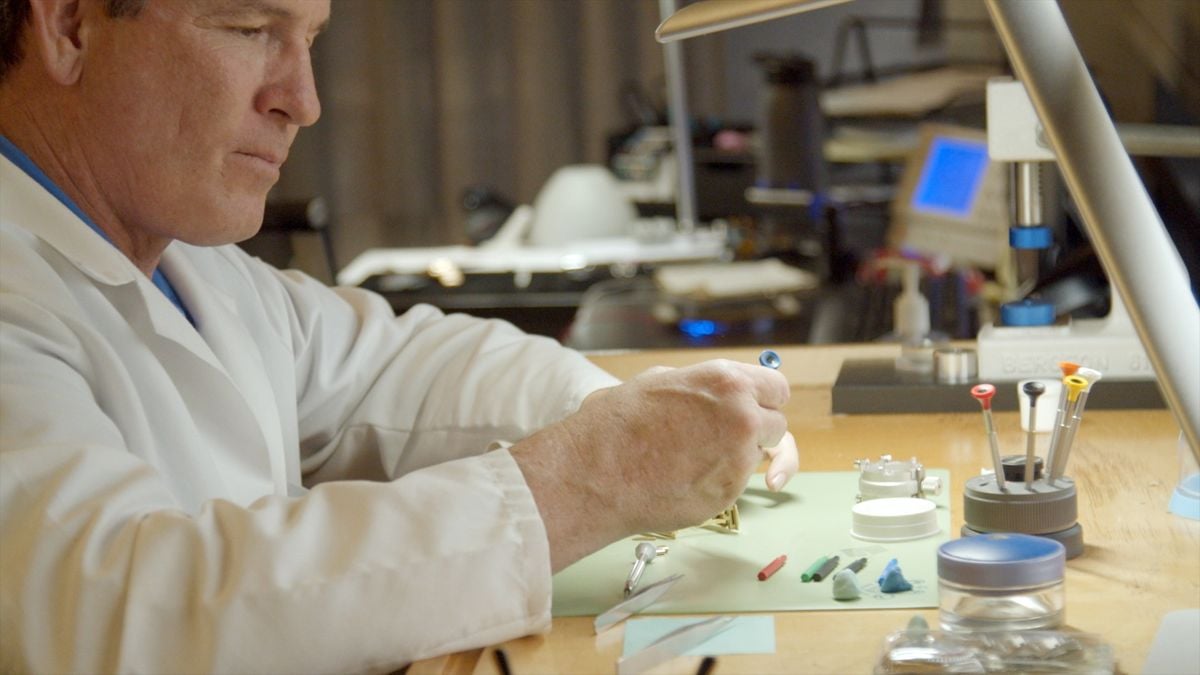
Rolex Service Center or Independent Watchmaker?
In regards to who can service your Rolex, your main two options are going to be either Rolex directly, or a qualified independent watchmaker with a Rolex parts account. While both will be able to properly restore a Rolex watch to its proper functionality, the option you go with will likely depend on the type of watch that you have.
For modern Rolex watches, feel free to send them directly to Rolex for service. None of the components on the watch are rare or highly collectible, and even if Rolex does replace certain parts, the watch you receive back will be more-or-less identical to the watch you sent in for service. In fact, for newly-released Rolex watches, there are certain parts that Rolex will not sell to independent watchmakers, so you will actually need to send your watch to Rolex directly should you require service or repairs.
However, for older models and certainly vintage Rolex watches, you may prefer to seek out a qualified independent watchmaker to perform the service. With an independent, you will have a greater say in the service process, and certain components will not be replaced if you specifically request that they remain.
For vintage Rolex watches, much of their value and collectibility is linked to the originality of their components. When Rolex services a watch, the service center’s goal is to restore functionality to the best of its ability. This can often require the replacement of certain components such as the dial, hands, and bezel insert, which can significantly detract from the resale value of the watch. Consequently, sending your vintage watch to Rolex for service may not always be the best option.
For example, replacing the dial and hands in an early 1960s Rolex Submariner so that it will be able to glow again will decrease its value by more than $10,000. While the original components from the 1960s will not glow and will likely show signs of wear, they are actually incredibly important to the overall value and collectibility of the watch.
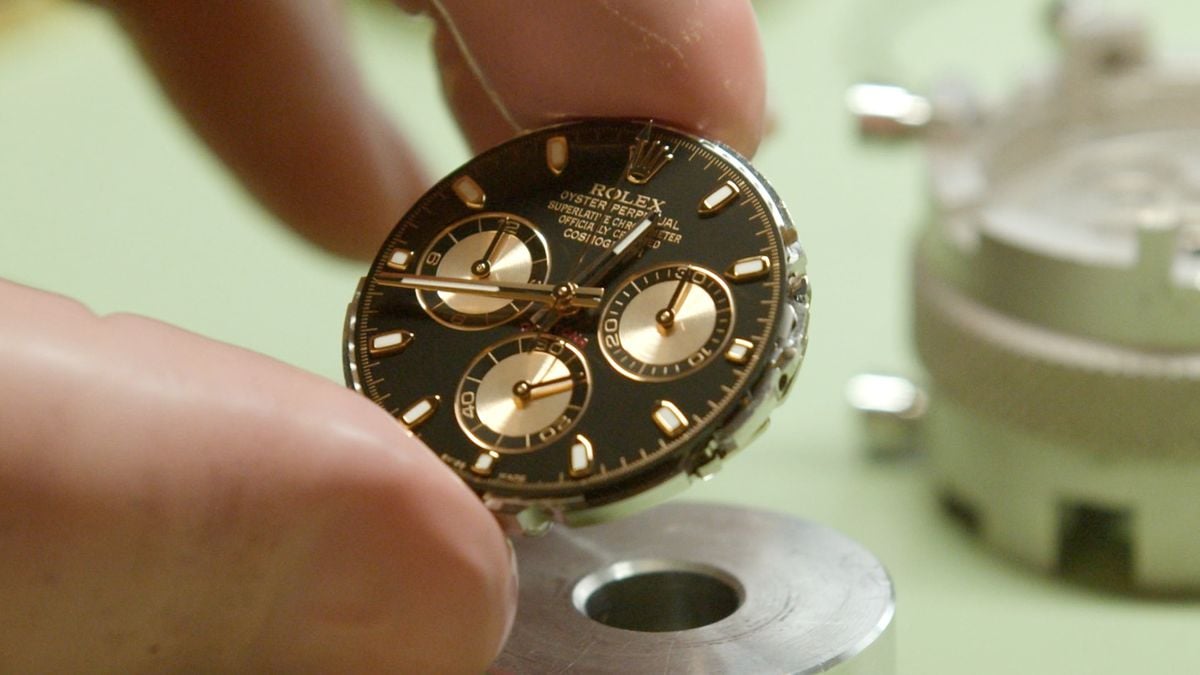
Should you service your Rolex before you should sell it?
For those looking to sell their Rolex, it is a good idea to find out if the establishment you are selling to requires this. A single service goes for about $800 USD depending on the model, and that price can increase significantly should your watch need numerous parts replaced in order to restore it to full functionality. If you’re curious about how much to service a Rolex, this figure can serve as a baseline, but be aware that costs can vary widely based on the specific requirements of your timepiece. In some cases, an online dealer will have their own in-house watchmakers who are able to service the watch at a much cheaper rate. In these instances, it is often best to let the financial burden of service fall onto the buyer since they will not require service prior to sale and will likely be able to service the Rolex they buy from you for less than what you would have to pay out of pocket to have the same watch serviced.
In some cases, an online dealer will have their own in-house watchmakers who are able to service the watch at a much cheaper rate. In these instances, it is often best to let the financial burden of service fall on to the buyer, since they will not require service prior to sale and will likely be able to service the Rolex they buy from you for less than what you would have to pay out of pocket to have the same watch serviced.
Service is an inherent and unavoidable part of Rolex ownership. However, with a little bit of periodic care and maintenance, your Rolex watch will deliver many years of reliable performance, and it will likely even be able to outlive you, providing many generations with accurate timekeeping.
